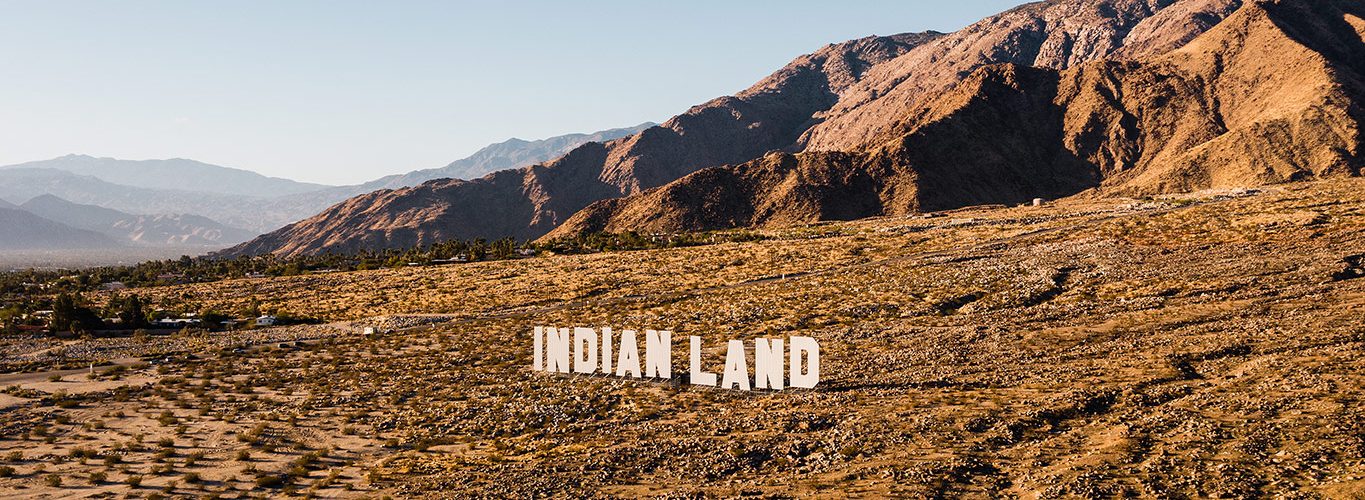Indigenous Musicians Rising: Introduction

“We’ve got some serious intellectual and artistic traditions that challenge everything Americans think they know about anything; everything Americans want to believe,” says Mali Obomsawin, a bassist, composer, singer-songwriter, and community organizer from Odanak First Nation. “I think the fact that we’re having a ‘moment’ says more about Americans than it does about Indians.”
Other occasions of acclaim have indeed come and gone. Following a particularly high-profile period of the American Indian Movement (AIM) — a grassroots effort founded in 1968 to address systemic issues like poverty, discrimination, and police brutality — Native creators received an influx of attention. Yet it was relatively short-lived and often conformed to external standards of what was palatable for Western audiences.
“It only ever lasts so long,” says Obomsawin. “We’ll see in time if it’s all just New Age tokenizing or not. Regardless, I’m sure Native folks will continue putting out brilliant work.”

This extensive, multi-part article features interviews with over two dozen musicians from across what is now known as the United States and Canada. With the acknowledgement that there are 574 federally recognized tribes in the U.S. alone and many more that are unrecognized by colonized systems of government, this article does not proclaim to be inclusive of all Indigenous people or identities. It does, however, synthesize a broad range of viewpoints representing diversity in tribal affiliations, musical styles, gender identities, sexualities, geographic locations, and cultural backgrounds to provide a snapshot of Indigenous musicians creating contemporary work.
- 9a – Oglála Lakȟóta
- Adrian Wall – Jemez Pueblo
- Air Jazz & Captain Raab of Khu.éex’ – Tlingit & Afro-Indigenous, Siksiká
- Andrew Joseph Stevens III aka Drives the Common Man – Mi’kmaq
- Chloe Alexandra Thompson – Nêhiyaw (Cree)
- Delbert Anderson – Diné (Navajo)
- Fawn Wood – Nêhiyaw (Cree), Salish
- Jessa Calderon – Gabrielino Tongva, Chumash, Yoeme
- Katherine Paul of Black Belt Eagle Scout – Swinomish
- Mali Obomsawin – Odanak
- Mato Wayuhi – Oglála Lakȟóta
- Nicholas Galanin of Ya Tseen – Tlingit, Unangax̂
- Raven Chacon – Diné (Navajo), Chicano
- Renata Yazzie – Diné (Navajo)
- Clayton Benally & Jeneda Benally of Sihasin – Diné (Navajo)
- Snotty Nose Rez Kids – Haisla
- Suzanne Kite – Oglála Lakȟóta
- Tall Paul – Leech Lake Band of Ojibwe, White Earth Ojibwe, Red Lake Ojibwe, Oneida
- Tanaya Winder – Duckwater Shoshone, Pyramid Lake Paiute, Southern Ute
- Warren Realrider aka TickSuck – Pawnee, Apsáalooke (Crow)
- Becki Jones & Greg Yazzie of Weedrat – Diné (Navajo)
Additional thanks to those who were consulted but whose responses were not used extensively, including Daryl Black Eagle Jamieson of The Medicine Singers (Pocasset Wampanoag), HATAAŁII (Diné), Preston Singletary of Khu.éex’, Robert Doyle of Canyon Records, and Quinn Christopherson (Ahtna Athabascan).
EDITOR’S NOTE: We have removed responses from Liam McDonald, or the artist OPLIAM, from our article. While his responses were thoughtful, we have since been alerted to controversies surrounding his cliams to Indigeneity which raise cause for concerns. Upon researching this, exchanges with Native American Calling and thorough research done by Raceshifters give us enough reasoning to remove previous inclusion.
- Introduction
- Defining “Indigeneity” on One’s Own Terms
- Incorporating Tradition in Contemporary Music
- Learning, Preserving & Revitalizing Language
- Focusing on the Land & the Environment
- Raising Awareness Around MMIW/P
- Using Film as a Medium to Elevate the Collective
- Uplifting & Empowering the Youth
- Facing the Challenges of Visibility
- Building Infrastructure for Change
- Dreaming the Future







[…] min read29 seconds agoAdd comment I haven’t even stepped foot into the Snotty Nose Rez Kids show, and I already notice a couple things outside the venue. Clearly, the Indigenous fashion is […]